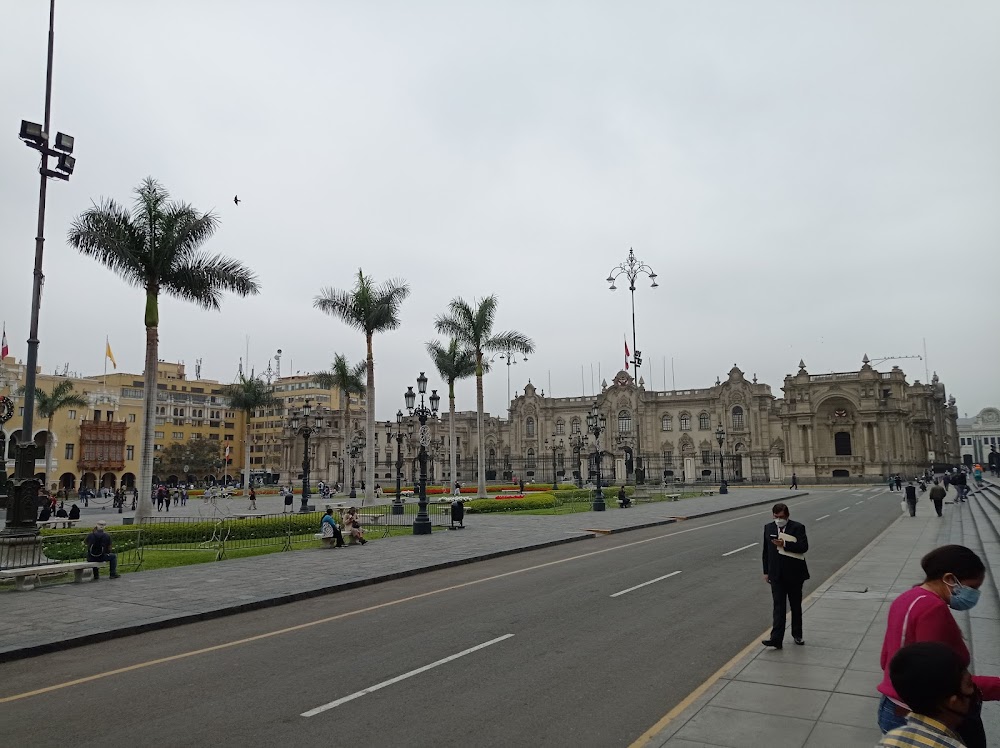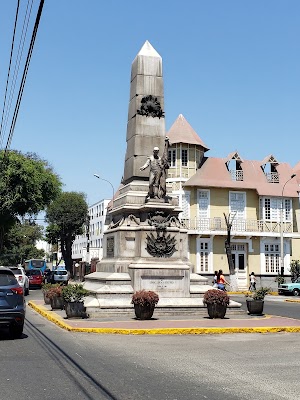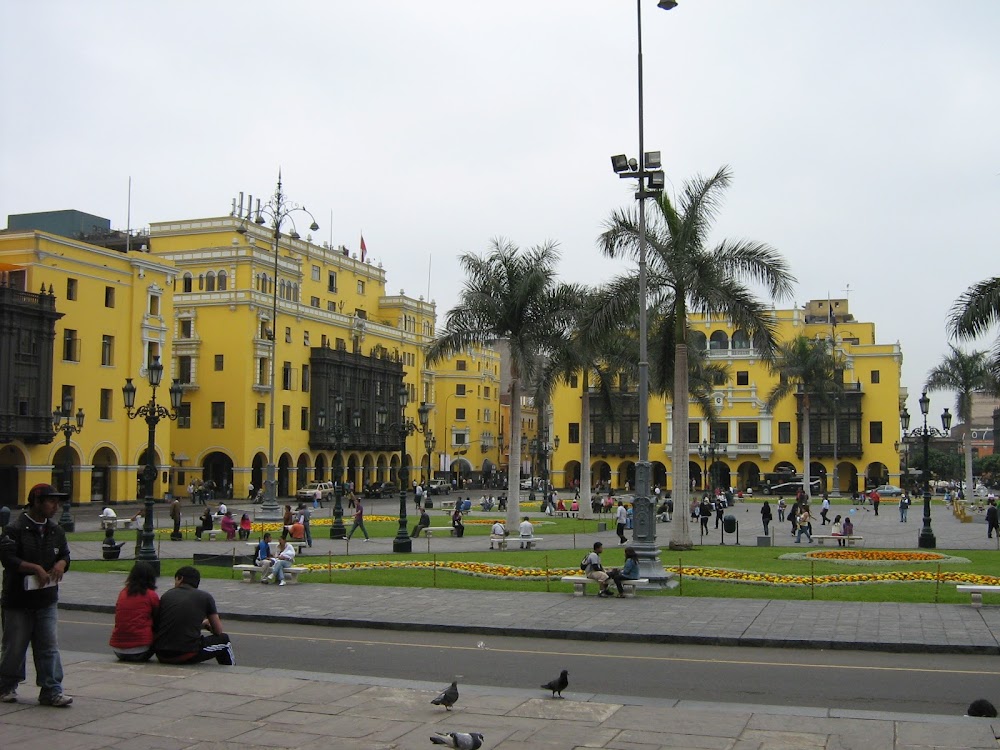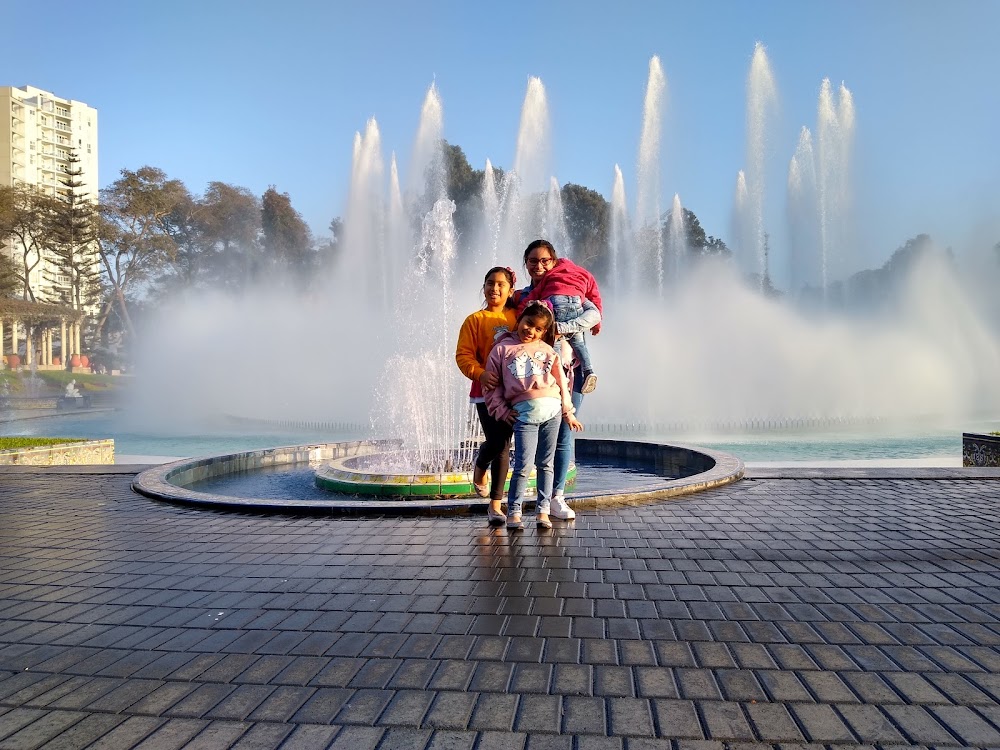Plaza Mayor (Plaza Mayor de Lima)
Overview
Lima Main Square, known as Plaza Mayor, is the historic heart of Lima, Peru. The origins of Plaza Mayor date back to 1535, the year Spanish conquistador Francisco Pizarro established the city of Lima. He envisioned the square as the focal point of urban life, embodying the Spanish tradition of city planning where the main square serves as the center of public and political activity.
Construction of Plaza Mayor commenced shortly after the city's founding. Strategically located near the Rímac River, it quickly became surrounded by significant colonial structures. Initially designed as an open space with a simple layout, the square soon evolved into a vibrant center for important city buildings.
One of the first prominent structures to grace the square was the Cathedral of Lima. Construction began in 1535 and continued until the early 17th century, resulting in a façade that beautifully blends Renaissance, Baroque, and Neoclassical architectural styles. This cathedral serves not just as a place of worship but also as the final resting place of Francisco Pizarro, honoring his vital role in the city’s history.
Directly opposite the cathedral stands the Government Palace, also known as the Palace of the Pizarro. Originally constructed in 1535, it served as Pizarro's residence. Over the years, the palace has undergone numerous renovations, especially in the 20th century, resulting in a more modern appearance. Today, it remains the official residence and primary workplace of the President of Peru.
Flanking the plaza is the Archbishop’s Palace, a stunning colonial building renowned for its ornate wooden balconies and intricate façade. This palace continues to serve as the residence of Lima’s Archbishop, showcasing the city’s rich religious heritage and architectural beauty.
Another significant landmark is the Municipal Palace of Lima. This elegant structure, characterized by its arches and colonial balconies, houses the city hall and serves as a hub for local government activities. Its design harmonizes with the overall historic ambiance of Plaza Mayor.
At the heart of Plaza Mayor lies a striking bronze fountain, installed in 1650. This iconic feature symbolizes the historical richness of the area and has witnessed countless events, from proclamations and festivities to executions during the colonial era.
Throughout its history, Plaza Mayor has been a witness to pivotal moments in Peruvian history. Notably, it was the site where General José de San Martín proclaimed Peru’s independence from Spain on July 28, 1821. This momentous event transformed the square from a colonial center into a symbol of national sovereignty.
Today, Plaza Mayor is recognized as a UNESCO World Heritage site, celebrated for its historic significance and well-preserved colonial architecture. This vibrant public space attracts both locals and tourists alike, hosting a variety of cultural activities, festivals, and parades that continue to enhance its legacy as the heart of Lima.
Plaza Mayor’s journey from a modest central square in a newly founded city to a bustling cultural and historical hub reflects Lima’s rich and diverse heritage. Its enduring role as a central venue for public life and governance underscores its importance in both the city’s past and present.






